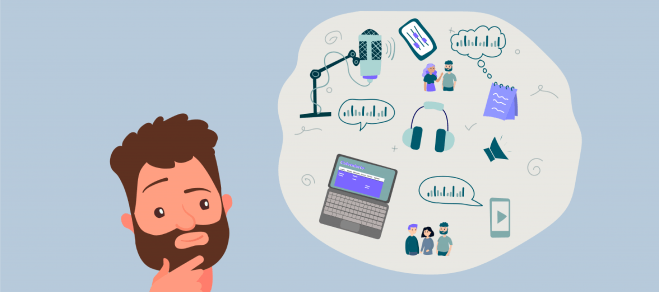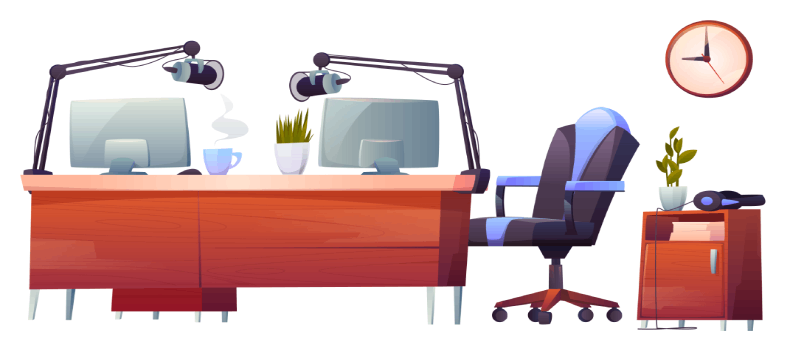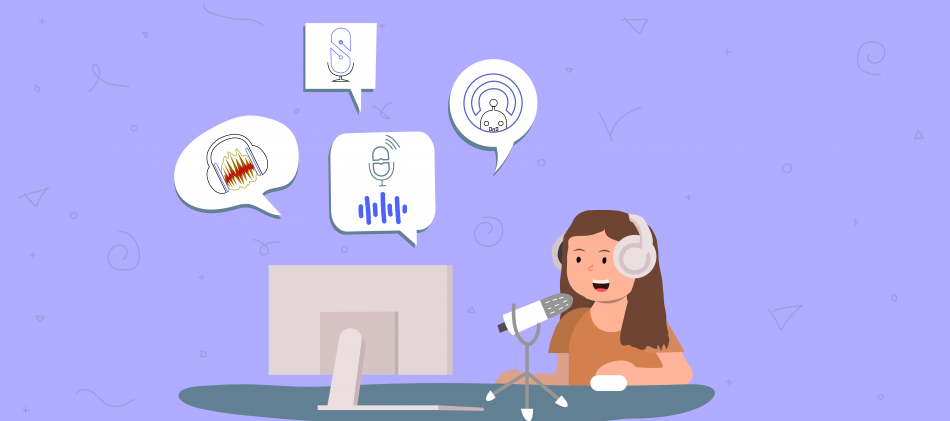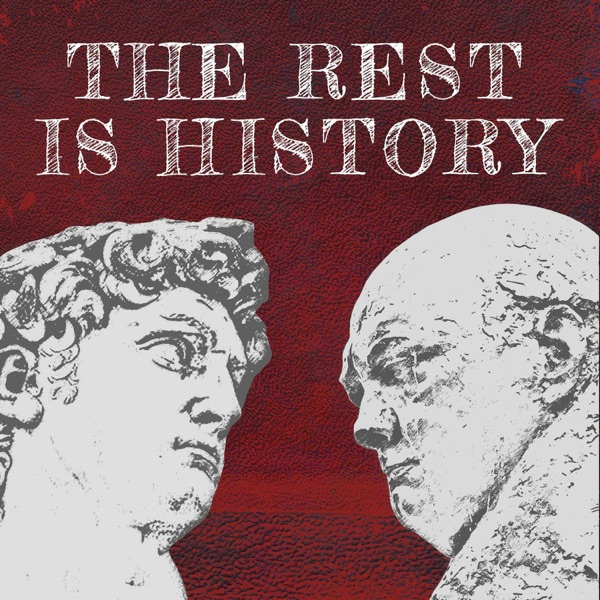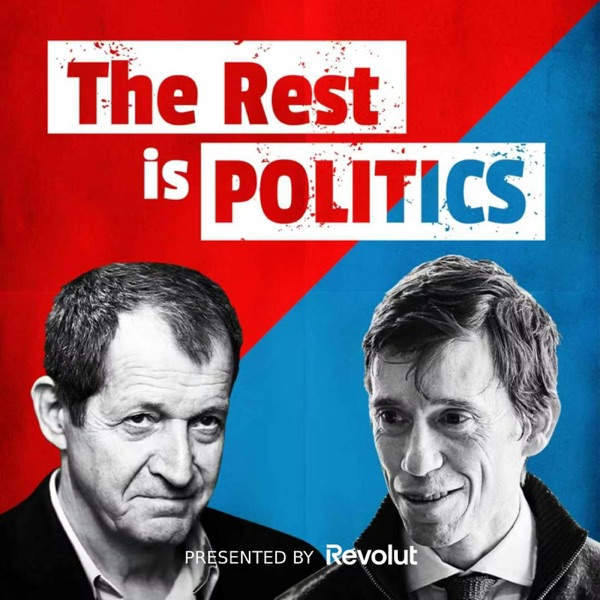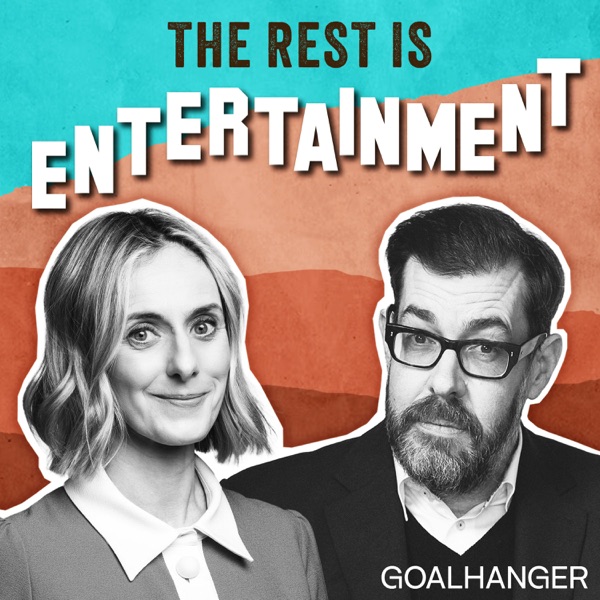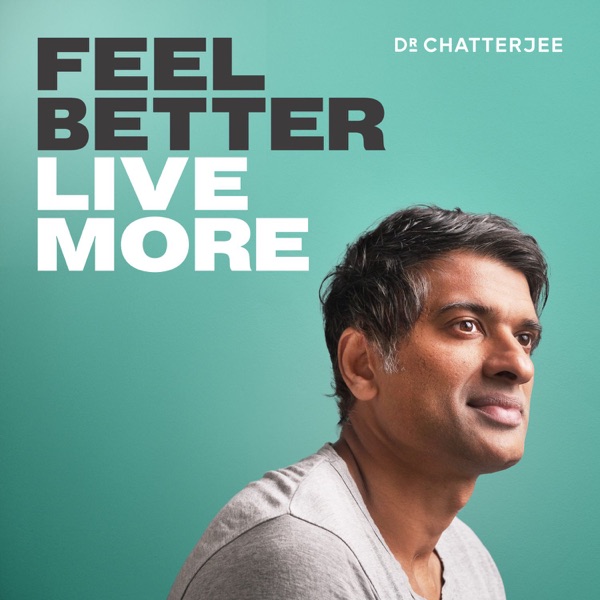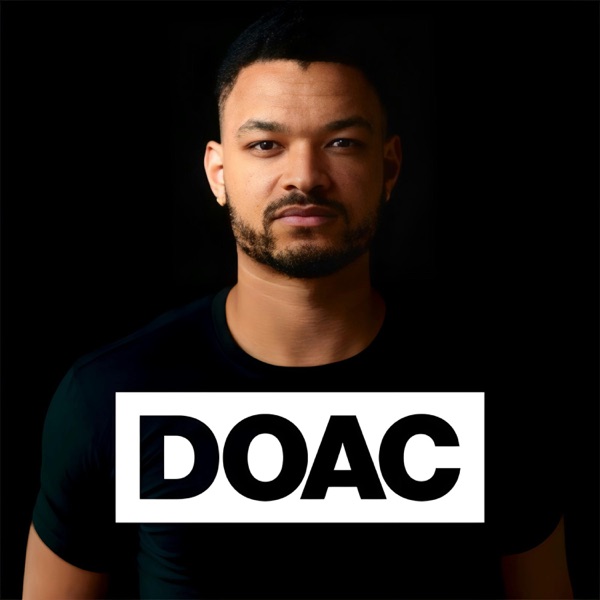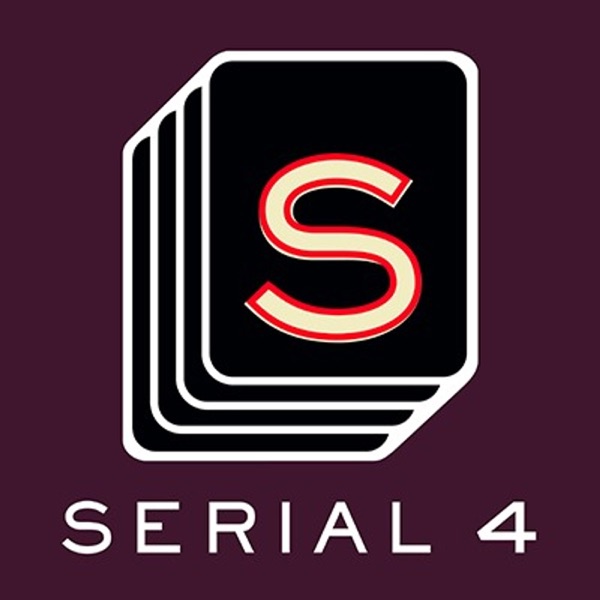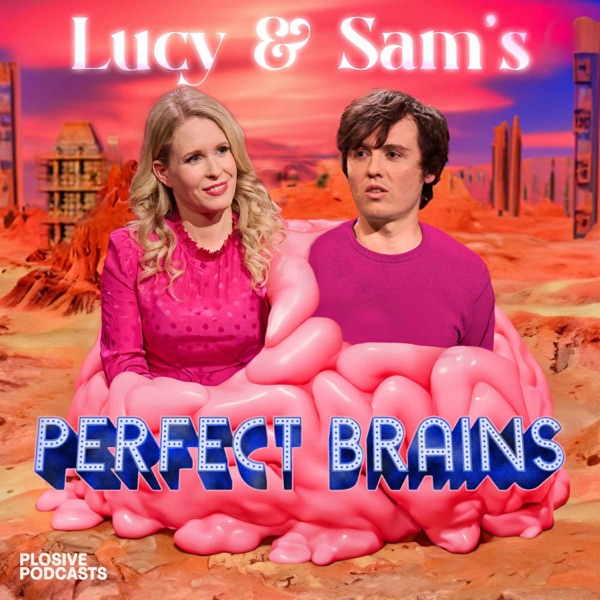With an ocean of information and topics to choose from and enough technicalities to navigate, planning a podcast requires careful thought and strategic organization. The first step is always crystallizing your podcast’s purpose and theme, setting the foundation upon which all other elements are built. After establishing this, you’ll need to outline your target audience, content schedule, recording setup, and, finally, your monetization strategy. Let’s dive in.
What makes a good podcast idea?
A good podcast idea stems from a blend of several key factors:

- Passion: You should be genuinely interested in the topic you choose. This passion will fuel your consistency and translate into engaging content that resonates with your audience.
- Expertise: While you don’t need to be an absolute expert, having a good knowledge base or unique perspective on your topic lends credibility to your podcast and allows you to provide valuable insights to your listeners.
- Uniqueness: A fresh or unique take on a topic can set your podcast apart in a crowded landscape. Find a niche, a specific angle, or an innovative format that makes your podcast distinct.
- Demand: Even the most unique and passionate podcast needs an audience. Research your potential listeners and verify there’s a demand for your topic.
- Sustainability: Choose a topic that can sustain multiple episodes and seasons. You need a broad subject that allows deep dives, guest speakers, and evolving discussions.
- Monetization Potential: If you plan on making podcasting more than a hobby, consider if your topic lends itself to potential revenue streams, such as sponsorships, advertising, or premium content. It can work as inbound marketing for your business/brand too.
A good podcast idea aligns your passion and expertise with a unique, sustainable concept that meets audience demand and has the potential for monetization.
What types of podcasts are there?
As you may already know, there are many types of podcasts. Various podcast genres, subcategories and niches, from the widest to the most specific. And there are enough interested listeners for each of them.
But in addition to the categories, there are different podcast formats, ranging from monologues to interviews or even social gatherings. So here we tell you which types of podcasts you can choose, considering which is the one that best suits your style and situation.
Solo podcast
You can choose a format in which you speak about a specific topic in a monologue. This means you take a particular aspect of your theme in each episode and develop it throughout. In this case, you need to have a script with a guide on all the subtopics, the order in which you will address them, and the time you will spend on each issue.
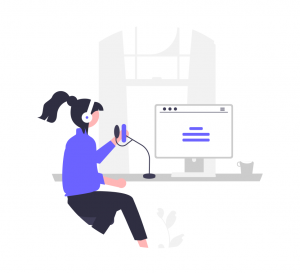
Good examples of this type of podcast are Casefile and Monday Morning Podcast.
This is a very structured and very safe way to work. You can follow a line or make the episodes without a needed order to listen to them. A great example is history shows, in which episodes do not have a chronological order. An example of this is the classic Dan Carlin’s Hardcore History.
Interview podcast
This type of podcast also requires planning but in another way. You must schedule who you will interview and when and how you will do it. You need to know that you will have access to at least five personalities in your area or that they have something to add to your podcast for the next episodes.
Having a list of confirmed guests and recorded episodes is good, so you do not compromise your frequency if something unexpected happens to you or the interviewee.
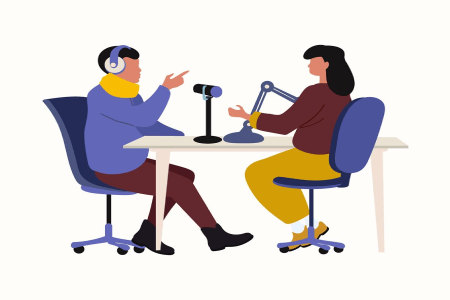
You will need to network and call to establish the day and time. If you and the interviewee will be in the same room, it is necessary to arrange where you will record. If not, you must agree on which application you will make the call.
Before the interview, you must plan the lines of the talk. It is good that you discuss this with your interviewee. Have they published a book lately? In that case, it will be interesting to talk about it. Is there a question that they prefer to avoid? Well, it is also essential to be in tune.
You must be updated regarding their career, professional performance, latest public interventions, etc. If you are going to have an interviews podcast, you must be good at preparing and performing them; this does not only depend on having the best guests.
The most popular podcast now is an interview podcast, The Joe Rogan Experience, which presents long-form interviews with the most exciting personalities of this time and the most outrageous points of view from Joe Rogan.
Other great interview podcasts are the Lex Fridman show, oriented towards science and technology, or the On Purpose with Jay Shetty, in the self-development genre.
The panel shows
This is an excellent option if you decided to make a podcast but like to work in a team and know that your friends or colleagues also have exciting things to say. You can call them to contribute to different sections of your program.
Thus, your podcast will be more dynamic, and you will also be able to delegate part of the content generation to them, but one of the main benefits of this practice will be that they will add listeners and areas of influence among all. Surely everyone who participates or cooperates in your podcast will disseminate it among their family group, work environment, and social networks.
Some examples of panel podcasts are The Beancast, versed on marketing, and from a completely different field, the Slate produced Mom and Dad are fighting, about how to parent.
You must choose the podcast format that best suits your personality, what you want to communicate and what is most doable for you and best for your target audience, industry and niche.
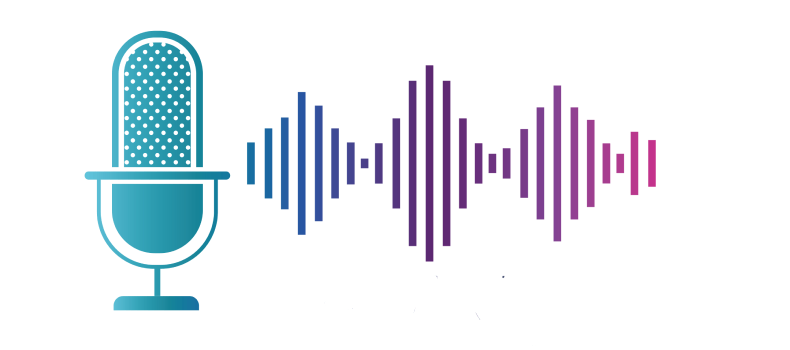
Include segments
Despite the type of podcast you choose for your show, consider including different sections per episode.
Implementing distinct sections within your show is a great way to keep the content lean, and the audience engaged. Your listeners will look forward to each segment and know what to expect in each show fragment, which is way more entertaining, organized and clear than just a long chat. Such sections serve as markers, establishing a clear path and preventing the show from becoming a disorganized conversation.
A few exemplary segment types could include:
- Q & A
- Interviews with experts
- Books critics
- Listener mail
- Presenting relevant industry/niche news
- Funny facts related to the industry/niche
- Case analysis
How do I make my podcast popular?
To make your podcast popular, make sure you create great content. If your podcast is good, it will attract listeners’ attention, and if it is excellent, it will attract everyone’s attention. Great content always wins.
While one of the significant advantages of having a podcast is that the podcast world is less crowded than the blog world. There is already some competition, so you want your podcast to stand out from the rest.
But in addition to betting on quality (which your podcast will gain over time), you must attend to other issues related to aggregation within directories so that listeners choose it for the first time.
Your new pod needs a push
The significance of Apple Podcasts ‘ “New and Noteworthy” section can’t be overstated. It has been the launchpad for numerous successful blogs. Regarding audience growth for new blogs, this segment outperforms Google’s traffic.
Still, most new podcasts only appear intermittently in “New and Noteworthy” during their first few months. Apple Podcasts does facilitate audience building, but achieving a higher rank demands a boost in downloads.
Post some top-quality articles on your site and related social media content when your show debuts on Apple Podcasts. This boosts downloads, enabling an early strong presence. Without this, your show may remain stationary before emerging in “New and Noteworthy”.
How do I pick a good podcast name?
To pick a good podcast name, remember that the audience will read a long list of options in any podcast app. Therefore, studying and examining the podcast names in your niche and their performance is good.
Your podcast name must be catchy, attractive, and specific without being too long.
Are you already a well-known personality in your professional field? Then it will be interesting if your name appears in the podcast.
Are you working on a very new and specific topic? This will surely attract a niche audience that was waiting for a podcast like yours to arrive.
Some classic, massive podcast shows have catchy, thrilling short names, such as ‘How I built this, ‘99% Invisible’, ‘Business Wars’ or ‘Startalk’.
You must think about the description of your show and the keywords. Not only do they function as metadata for listeners to find you, but they also serve to constantly guide you and stay in the line of your podcast.
How often should I podcast?
You must decide the frequency and duration of the podcast. To choose the frequency, you must seriously think about how much time you can commit to the program, then you will know how often you can podcast
Do you have a whole day a week for it? Does it take you a day to prepare an episode? So you can go out weekly.
Publishing a podcast takes time for preparation, recording and editing.
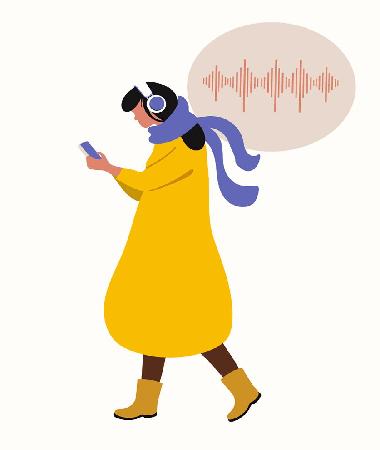
You will get skilled while working, and it will probably take much longer to edit your first few hours than the subsequent episodes. But you should remember that it will always require work (or money, if someone else does it for you). So what matters the most is to be regular and consistent.
A weekly release is an option if you plan to go in short episodes.
Some super popular podcasts launch several times weekly (The Joe Rogan experience), while smaller productions go live weekly or every two weeks. What matters is that you don’t lose contact with your audience.
An excellent example of a podcast with highly irregular episode releases is Dan Carlin’s Hardcore History. However, each release is magnificent and a complete success.
How many minutes should a podcast be?
One of the significant advantages of podcasting over the radio is that it does not have regular, previously agreed times. Therefore, everything is fine if an episode has to last more or less than another, and there is no rule about how many minutes a podcast should be.
This does not mean that you can make a 5 minutes episode and next week a 120 minutes episode, and so on, because we have to keep in mind that your listeners get used to a certain length and have expectations about the duration of your podcast.
Some of the most successful podcasts are long-format interviews, with hours per episode (as the Joe Rogan Experience), while the average podcast duration is 43 minutes (close to this is the super famous Dr Death). News podcasts are slightly shorter, like The Daily. Podcasts for children are remarkably short and designed considering their attention span.
What are the best podcast release times?
The best time for launching a fresh episode of your podcast is in the early hours of the morning, specifically from 2:00 AM to 5:00 AM. This timing strategy boosts the likelihood that your podcast will appear at the top of your audience’s daily feed on their preferred podcast platform.
How do I record a podcast?
You may have many practical and technical doubts about how to record a podcast. Here we tell you everything you need to know to record your podcast and publish it.
How can I record a podcast at home?
Recording your podcast in a place with little ambient sound and echo is essential. Assuming that you will be recording the first few episodes of your podcast at home, an isolated room with many fabrics to absorb the sound is ideal.
The best (funny) places are the bedroom (between the blankets on the bed) or the closet. Many podcasters choose their car to record their podcast because of the acoustics. Therefore, it is advisable to plan the recording when no one is home to ensure that there will be no unforeseen noises. If you do it in another room in the house, you can arrange towels between the furniture and walls.
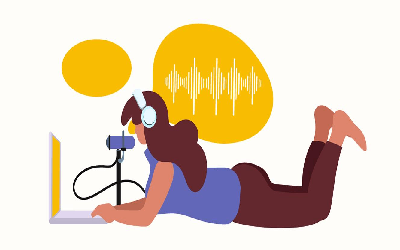
If you have guests in the same physical place and want to record your podcast in a workspace, you must occupy a small office, preferably with curtains and without echo; better to leave the coats inside because the fabrics are good at absorbing sound. You should also ensure that no phones will ring or conversations will be heard in the adjoining offices.
A studio is ideal, but it is often difficult to have one, especially if it is a self-funded and low-budget show, like most podcasts in the beginning. We hope their “real life” solutions can help you to start recording.
Techniques and hardware for podcast recording
You will need a computer to record and edit your podcast.
You can start recording with an inexpensive USB microphone. Avoid getting too close to it and use it from the side, thus avoiding explosive sounds, especially words that begin with “p” or “b”. Leave five seconds of silence before starting to talk, this will help you clean the ambient sound, and you can cut it when editing.
If you are podcasting solo, the hardest part is that speaking alone into a microphone feels unnatural. However, there is a trick that you can put into practice: imagine that you are speaking with a single person, with the ideal listener (your client, the person interested in your area of knowledge, a person in your audience if you are making a comedy podcast) and pick up from there to overcome the weirdness of speaking alone.
What can I use to edit a podcast?
You must choose the program to record, the one you will use to edit your podcast. Below, we will tell you about different options to determine the best one for you.
We will tell you the simplest alternatives (with user-friendly interfaces for non-technical users) and the cheapest ones. These are recommended apps to start recording your podcast.
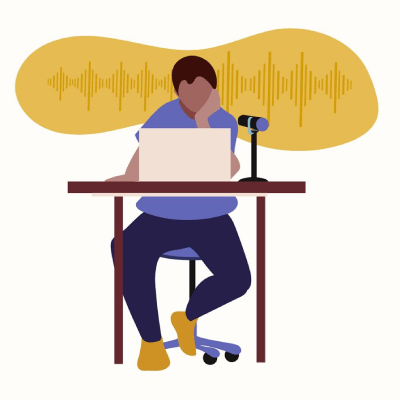
If you are working from a Windows computer, the most affordable option to start with is Audacity. This is a free editing program and works on all systems.
This software offers from the most basic tools to the most professional ones, and you can adapt it to your needs. It can be a bit complex at first and don’t expect to be editing in a matter of half an hour, but if you have a little patience, it is nothing that you cannot solve with the many explanatory videos and online tutorials available.
GarageBand. This option is also free, and its use is simple for first-timers, but it only works with Mac devices, where it is usually pre-installed. On the other hand, the interface of this software is more straightforward than the one of Audacity, and therefore it is easier to use from the beginning.
Alitu is a very convenient alternative with many automated technical procedures, from cleaning the audio and regulating the volume to the direct publication of each episode. There you can edit segments and also add music. Of course, this is paid software, but it is very convenient.
When you listen to your first recordings, you will notice that it is necessary to clean up many sounds, not only the ambient sound but the explosive sounds in front of the microphone, in addition to the “ehms” and “uhms”. You may also decide to cut parts or alternate them. Finally, if you edit an interview, you should show the final result to the guest.
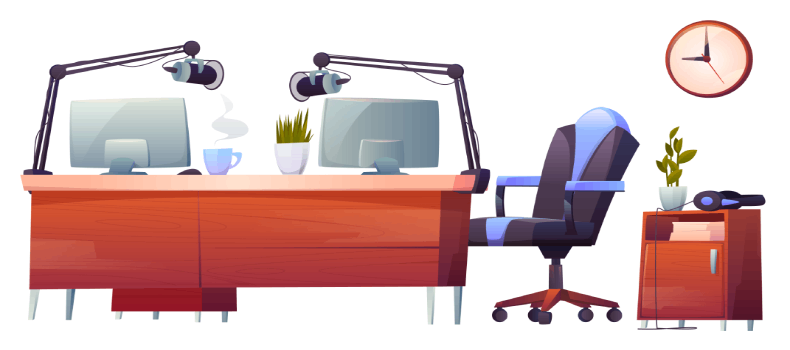
Can you record a virtual interview?
Yes, it´s possible to record high-quality virtual interviews. However, if you plan to include remote interviews in your podcast, you need a program to call the interviewee. There are several exciting alternatives now. We will review them in the following lines.
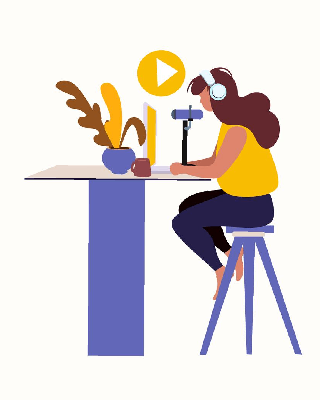
The popular Zoom platform has the option to record the conversation. This is the simplest and cheapest alternative, although it is not the best quality or safest with all the connections.
Cleanfeed allows anyone to send, receive and record live audio using just a browser. It is one of the best options for people looking to record calls for free.
Other programs guarantee higher quality and functionality, although paid. Nonetheless, you can use their basic plans, which are usually free. For example, Zencastr has a great free option: it allows you to record up to eight hours a month with two guests.
Squadcast is a great low-cost alternative; you don’t need to install anything. Audio is recorded locally while progressively uploading, and backups are saved to the cloud. In addition, it is possible to have multiple people remotely, with a host and up to three guests.
How do I make a podcast intro?
Some shows have highly developed introductions. Others prefer to start the podcast content from the first second. If you want an intro for your podcast, it must be very good, original and short. There are some sites to get podcast music:
If you want a free option, you can find the theme for your intro in Incompetech. The problem with this portal is that many people use it, and the content became very common.
Another option is Envato Market. There you can find royalty-free music (which will also be repeated everywhere), but you can also buy pieces for significantly reduced prices, starting at one dollar.
If you have a minimum budget, you can ensure unique content. For example, with only $ 12, you can get music at Audioblocks. Although this is a monthly service, you can cancel after paying a single subscription and obtain up to three tracks of the cheapest level.
How do I make a podcast cover?
You can design your podcast cover when you have your first episodes ready. Having the audio before designing the logo and ensuring its concept, idea, and style fit is suggested. To design the cover art, avoid anything related to microphones, audio, and listening.
The fact that it is audio content is taken for granted. Adding a microphone to your podcast’s logo would be like printing a screen on the symbol of a series because you watch it on television. So instead, your graphic must talk about your theme and the spirit of your show.
If the podcast is part of a larger project with its brand identity, the company brand logo and theme solve it. If you are a reference personality in your environment and your face is known, then a powerful portrait of you is the right thing to do. If none of these is your case, a design from scratch will be necessary.
The only rules to consider are size, format and weight: it must be a square piece, 1400 x 1400 pixels, in JPG or PNG format, and weigh less than 500kb.
The best option is always to hire a designer. If you already have one, you can continue with them, but if not, you can contact designers through 99designs, Upwork or Freelancer.
If you are going to design, Canva is the easiest free tool to use. In addition, there is a reserve of royalty-free or inexpensive photos and elements you can use in your design.
If you are good at handling slightly more complex programs, Photopea is an excellent program to design, although the interface is not very user-friendly. You can find many free images at publicdomainvectors.com and at Free SVG and work from there.
Where can I host my podcast?
Now that you have all the content, it’s time to upload it. For this, you need a hosting platform for your podcast. This is where your podcast will “live.” Buzzsprout is the most popular and cheapest option: you can host your podcast there for just $ 12 a month. If you plan to go big with your podcast, you should hire a more extensive service from the beginning.
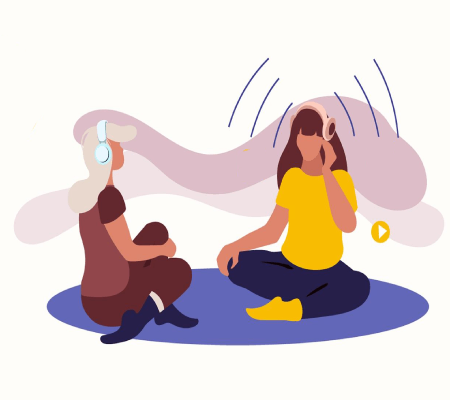
Captivate (an Adobe program) is an excellent option for multiple shows and growth functions, with a $ 19 monthly subscription of $ 19 (this is useful if, for example, you work in marketing and you are carrying podcasts from different clients).
Transistor will be your best option if your podcast is private, also for $ 19 a month. This is an excellent option for a corporate podcast or for those available with a paid subscription only.
When choosing the hosting service, you must upload the files. Each platform will guide you in a different way to do it. The hosting server will store all your audio files and distribute them between the different directories.
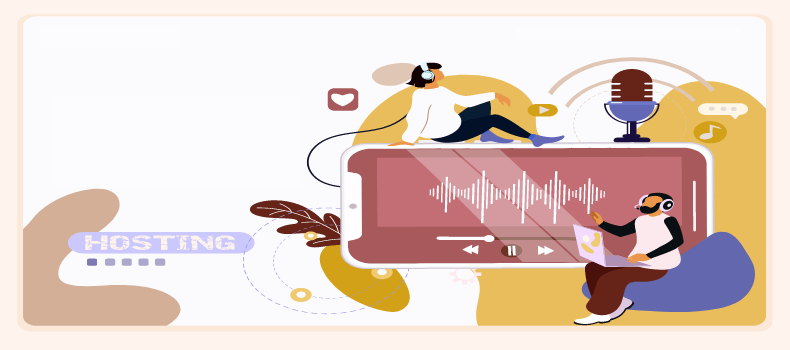
All the episodes are compiled into a podcast feed that people can subscribe to and listen to on demand. Therefore, it is worth making sure that you are on the main sites so that all listeners can find you.
This is an action you will perform only once because the hosting service takes care of doing it subsequently. You want to embed the player for each episode if you have your own website.
What should I put on my podcast website?
If you want to add notes to your show in addition to the audio, you want to have a website. In these notes, you can write an extensive description of the episode and notes about what has been discussed. Did you quote books? You can indicate them or market them with the Amazon affiliate program.
You can also refer to online material and movies discussed or indicate the music heard during the show. Including a full podcast transcript and illustrative images per episode is possible.
If you want to receive donations, you can link the different platforms that enable them, such as Patreon or Ko-fi.
Can I host a podcast on my website?
You can add your podcast to your website if you already have one. If you don’t have a website yet, several podcast hosting services also offer you to build decent websites. You can also make one with WordPress; navigation is optimal, looks good, and is easy and inexpensive to make.
Use a publishing schedule
It’s advisable to uphold a three-week content calendar for your podcast, with WordPress facilitating effortless episode scheduling. Unfortunately, due to intricate URLs, enhancing website traffic from podcast listeners can be challenging. However, the free WordPress plugin, Pretty Links, provides an efficient solution. It helps craft simpler, memorable URLs that reroute users to the specified webpage.
We hope this article helps you to start your podcast. In the following articles, we will work on some of the steps outlined here and other issues guiding you to make your podcast.
Now you can start your podcast!
FAQ
How to make a podcast?
To make a podcast you need basic recording and editing audio tools to make a podcast: a program that allows you to record and edit audio, a microphone and headphones. For a quick start, you can use all of them on your mobile phone. Once you have your audio clip, you need an internet connection to upload the podcast and host it on a podcast platform.
How do I record a podcast?
You can start with the built-in microphone on your smartphone or laptop to record a podcast. You can later invest in a professional microphone and headphones for more audio quality. You can use different types of recording software, from the basic one of your device to the one you will use to edit the audio later.
How much does it cost to start a podcast?
The cost to start a podcast depends on how much you want to invest, the type of podcast you have in mind and the quality you want it to have. The investment can go from zero to buying software or hardware or even paying someone to help you.
You can also pay a producer to develop your whole show (this is very common in the case of corporate podcasts).
How much should I charge to do a podcast?
The amount you should charge to make a podcast partly depends on the technical level involved. Remember that you also charge for your audio content creation knowledge when you get paid to make a podcast.
You could also imagine how much you would pay someone to do the same job. Finally, calculate the time it takes you to make the product and your experience with the content. Both elements have value.
Can you make money with a podcast?
It can take time and patience, but the answer is yes. With sponsorships, donations, advertising, or affiliate marketing, you can make money with your podcast.
You can use sponsorship to make money with your podcast. There are several fundraising platforms where diverse patrons can donate (such as Patreon or Kofi). Another option is the sponsorship systems built into the playback platforms. You can also use other ways, such as affiliate marketing or commissions for mentioning a brand in your show.
What platform do podcasters use?
The most popular podcast platforms are Spreaker, Podbean and Anchor. If you are looking for a platform for your show, consider that it is essential to use a host that generates an RSS feed to place your podcast in the most popular directories and helps you with its distribution.
Where can I upload a podcast for free?
You can record and upload your podcast to the internet for free with Anchor. You can record, edit and upload the audio with your phone and distribute it on different audio platforms. However, this is a basic platform; if you want an advanced option, try Buzzsprout or Spreaker.
